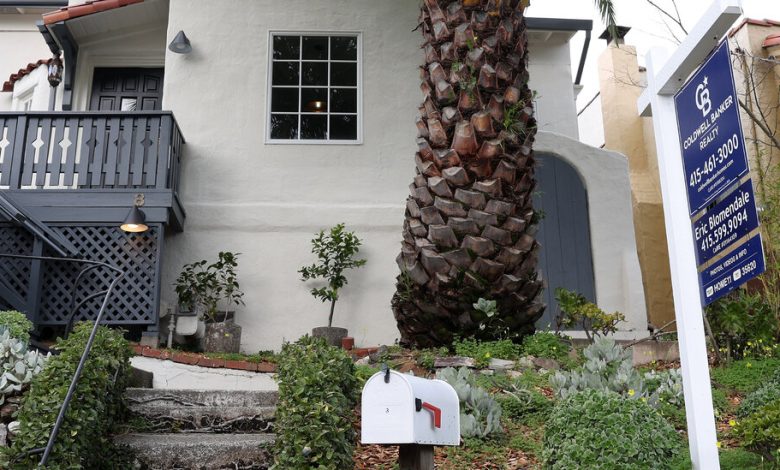National Plan to Look Into Homeowners Insurers Hits a Hurdle

A sweeping effort by state regulators to find out why homeowners insurance is so expensive and hard for customers to secure is already facing challenges, as some crucial states say they may opt out of the call for data.
The National Association of Insurance Commissioners, an umbrella group representing state insurance regulators, said on March 8 that state agencies were asking insurers for detailed data on how they were treating their customers, including information about the kinds of coverage they offer in various ZIP codes, the recent history of claims payouts in those areas, the size of deductibles for insurance customers and their opportunities for discounts by fixing or upgrading parts of their homes. At the time, a top N.A.I.C. official said the goal was to “address the critical challenge of the affordability and availability of homeowners’ insurance and the financial health of insurance companies.”
The group said data requests would reach more than 400 insurance companies and offer insight into about 80 percent of all homeowners’ plans in the United States as measured by total insurance premiums. Some of the data would be shared with the Treasury Department to help it pinpoint where homeowners face the highest risks and living costs. State and federal officials called the effort a watershed moment for the insurance sector. The request is the biggest and broadest request for information that insurance companies have had to face from a regulator in decades. Such granular data has never been collected on a national level.
But each state regulator can decide whether to participate in the data call, and some of the states where homeowners face the greatest risks of damage from severe storms and where insurance markets are most turbulent — like Louisiana, Texas and Florida, where Republican politicians regularly balk at policies dealing with climate change — may either share limited data or opt out of the program entirely.
Regulators say that even without full participation, the program is still an enormous advancement in their quest to understand what is happening with homeowners insurance. But the states’ reluctance to participate could leave a significant hole in the picture regulators are trying to piece together about homeowners insurance markets across the country. It could stymie their efforts to decide exactly how to deal with the tangle of problems, caused by inflation and increasingly severe weather driven by climate change, that have caused some major insurers to leave states like Florida and California. In those places, and in others hit hard by catastrophic events like windstorms and wildfires, some homeowners unable to pay the rising costs of insurance have slashed their coverage.
“It makes no sense to leave out the 20 percent of the country with the significant climate risk and related consumer impacts or leave out the types of insurance impacting the most vulnerable consumers,” said Birny Birnbaum, an insurance expert who is the executive director of the Center for Economic Justice, a nonprofit focused on equal access to economic opportunity.




